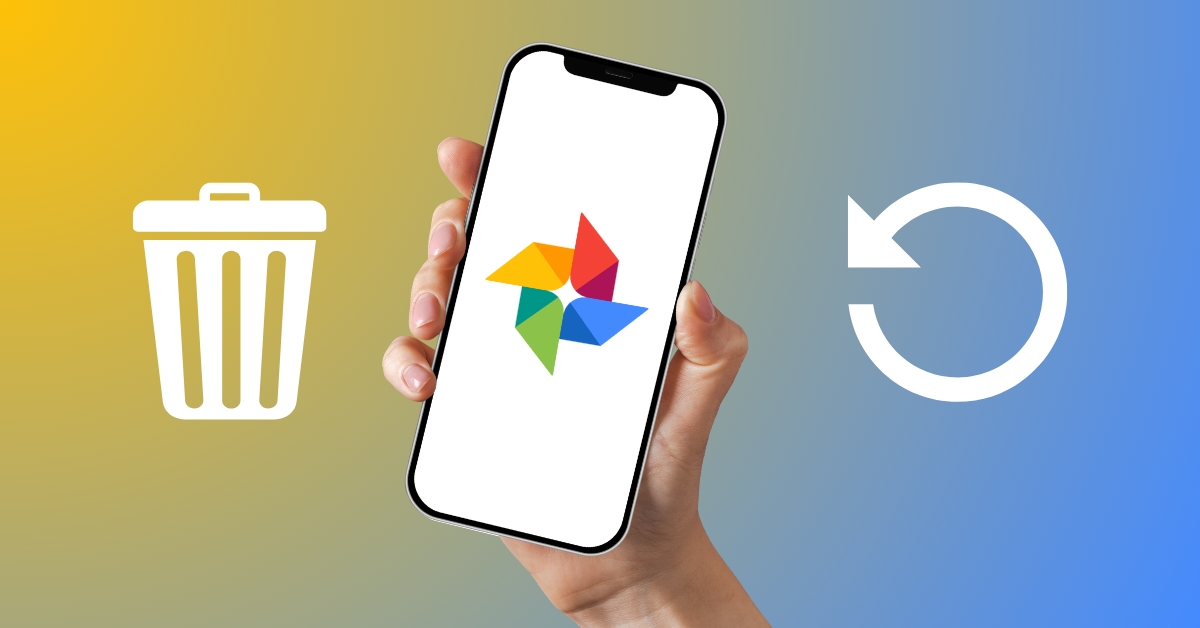One Tap, and It’s Back — Instantly Restore What You Thought Wa
Lost your photos, videos, or documents by mistake? Stay calm — our intelligent recovery tool brings everything back instantly, with zero hassle.
Anúncios
In just minutes, it scans your device and restores your files — no confusing setup, no endless waiting. Only fast, seamless recovery.
Your device isn’t the end of the line for lost data. With this next-gen solution, your memories, work, and files remain safe, reachable, and always restorable.
What do you want to do?
When Your Phone Fails You: The Smarter Way to Bring Your Digital Life Back
We live in a world where our phones are more than just devices — they’re memory vaults, personal assistants, creative studios, and emotional diaries all rolled into one.
That sleek rectangle in your hand holds the story of your life — your triumphs, your travels, your inside jokes, your voice notes that sound like time capsules.
Anúncios
Every photo, every message, every clip of laughter or spontaneous idea — it’s all part of your digital heartbeat.
And then one random day, it happens.
You open your gallery to relive that vacation sunset, your kid’s first birthday, or the video you worked on for hours — and it’s gone.
Just… gone.
You refresh. You restart. You pray it’s a glitch. But the sinking feeling grows. The data you trusted your phone to keep safe has vanished — as if a part of your past has been erased.
That’s not just a tech failure.
That’s a modern heartbreak.
Why Losing Data Feels So Personal
When you lose files, you’re not just losing data — you’re losing fragments of your life.
A deleted photo isn’t about pixels; it’s about people.
It’s the smile of someone you love, a night you can’t repeat, proof that a memory existed.
A missing video doesn’t just mean wasted storage; it means silence where there used to be laughter and life.
A vanished document isn’t just lost work — it’s lost effort, lost focus, and lost time.
Data loss hurts because it feels like betrayal. You trusted technology to remember for you, and it forgot.
But here’s the part most people never realize — in the digital world, “deleted” doesn’t always mean “gone.”
The Hidden Truth About “Deleted” Files
When you hit delete, your phone doesn’t immediately destroy your data.
It simply marks the space as “available” — waiting to be overwritten by something new.
Think of it like a library: deleting a file doesn’t burn the book; it just removes the title from the index.
The book is still sitting quietly on the shelf, waiting for someone to find it again.
And that’s where data recovery tools come in.
They act like skilled digital librarians — scanning those hidden shelves, retrieving forgotten pages, and restoring your memories back to where they belong.
So yes, your lost files can come back.
But there’s a catch — time matters.
The longer you wait, the greater the risk that new data overwrites your old memories.
Speed is everything.
Why Files Disappear (and How to Stop It)
You don’t have to drop your phone in water or suffer a system crash to lose files. Most data vanishes because of simple, everyday mistakes:
- Accidentally deleting an entire folder with one tap.
- “Cleaner” apps wiping out more than they should.
- System updates resetting your storage.
- Corrupted SD cards that suddenly stop responding.
- Running out of space and your phone auto-deleting “unnecessary” files.
Sound familiar? You’re not the only one.
But the good news is — in most of these cases, your data isn’t truly gone. It’s just hidden.
If you act quickly, recovery is not only possible — it’s surprisingly easy.
Android or iPhone? Different Systems, Same Solution
For Android users, recovery tools are flexible and deep.
You can scan both internal and external memory, often without needing root access. Some apps can even dive beneath the system surface if you grant permissions.
For iPhone users, Apple’s ecosystem gives you smart built-in safety nets.
Your deleted photos go to “Recently Deleted” for 30 days.
iCloud often keeps invisible backups you didn’t even realize existed.
Professional recovery software can scan both your phone and iCloud snapshots — bringing back photos, messages, and files you thought were gone for good.
Different devices, same mission: get your memories back where they belong.
The Best Recovery Tools That Actually Work
When panic strikes, the last thing you want is to waste time testing dozens of apps.
Here are the recovery tools users around the world trust the most:
- DiskDigger (Android) – lightning-fast, lightweight, and excellent for recovering deleted photos and videos.
- Dr.Fone (Android & iOS) – a full recovery suite that can revive images, chats, contacts, and documents.
- Tenorshare UltData (Android & iOS) – lets you preview your files before restoring, saving you time and space.
- Dumpster (Android) – acts as a recycle bin for your phone, automatically storing deleted files so you can restore them later.
Each has its own strength:
Need instant recovery? Go with DiskDigger.
Want precision and full control? Try Dr.Fone or Tenorshare.
These tools aren’t gimmicks — they’re lifelines for your digital world.
How the Recovery Process Really Works
Here’s what the process looks like — simple, powerful, and almost magical:
- Download a trusted recovery tool (only from official stores).
- Allow full storage access for a deep scan.
- Choose what you want back — photos, videos, documents, messages.
- Let the software do its work. Scanning can take a few minutes to a couple of hours.
- Preview your results, select what matters most, and restore them.
- Save recovered files elsewhere (not on your phone) to avoid overwriting.
Think of it as performing digital surgery. Every careful step matters.
Pro Tips to Maximize Recovery Success
Want to make sure your recovery works the first time? Follow these expert moves:
- Stop using your phone immediately. Every new photo or video can overwrite your lost data.
- Avoid installing new apps or updates until recovery is done.
- Keep your device charged. A dead battery mid-scan can break your progress.
- Save recovered files to a computer or cloud, never back to the same phone storage.
- Create a backup immediately after recovery succeeds.
These five steps can mean the difference between getting everything back — or losing it forever.
Prevention Is the Smartest Form of Recovery
Recovery is powerful. But prevention? That’s peace of mind.
Here’s how to make sure you never have to experience that pit-in-your-stomach feeling again:
- Enable automatic cloud backups (Google Photos, iCloud, OneDrive).
- Transfer large files to a hard drive or computer regularly.
- Set monthly reminders to back up your important folders.
- Use “Recycle Bin” apps like Dumpster or Recycle Master for temporary storage.
- Think before you delete. Double-check every tap.
Losing data once is an accident. Losing it twice is a choice.
Free vs. Paid Recovery — What’s Worth It?
Free tools are great for small accidents — that one photo you deleted by mistake.
But when it’s something big — a project, a year of memories, an entire album — paid tools are your best bet.
Why?
Because paid software digs deeper, recognizes more file types, and recovers data more completely.
Think of it this way:
Free tools are first aid kits. Paid tools are full hospitals.
If your digital life matters — and it does — invest in the right protection.
The Emotional Payoff: When the File Finally Returns
There’s nothing like that moment when a lost file suddenly appears on your screen again.
A rush of relief. A quiet smile. Sometimes even tears.
You’re not just restoring data — you’re recovering a piece of yourself.
A sound, a smile, a frozen second in time that mattered more than you realized.
That’s the real magic of recovery technology. It’s not just about software — it’s about second chances.
A reminder that not everything lost is gone forever.
Final Thoughts: Your Digital Life Deserves a Comeback
So the next time your phone glitches, freezes, or accidentally wipes your gallery — don’t panic. Breathe.
Your memories, your files, your digital story — they’re still there, waiting just beneath the surface.
All you need is the right tool and the knowledge to act fast.
Remember:
- “Deleted” doesn’t mean destroyed.
- Backups are your best defense.
- Recovery isn’t luck — it’s knowing what to do next.
Your digital life deserves more than loss.
It deserves revival.
Because in this connected world, the smartest way to move forward is to recover what you thought was gone forever.











